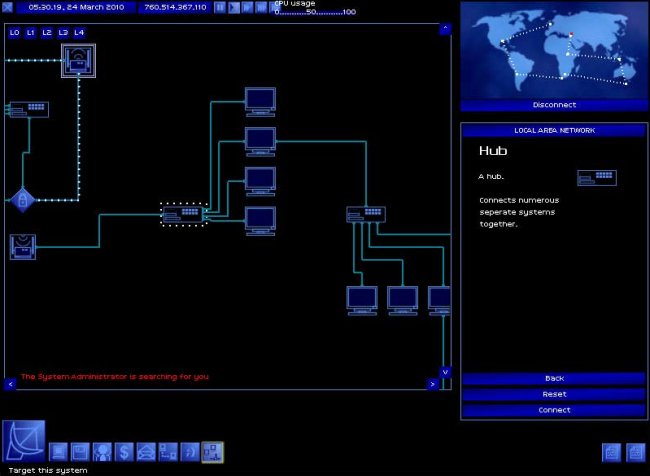March 6, 2012
The Homebrew Computer Club
Today in Cyberpunk History (March 5, 1975): A group of tech-minded guys meet at a garage in Menlo Park, San Mateo County, California, USA for the first time. They gathered to discuss the first Micro Instrumentation and Telemetry Systems Altair microcomputer. MITS was founded in 1969 by Ed Roberts and Forrest Mims to make electronic telemetry for model rockets before switching to electronic calculators in 1971. When a pricing war left MITS near bankruptcy in 1974, Roberts developed the Altair 8800. When 1975 came around, the Altair 8800 became the popular computer, and many organizations began forming to debate, discuss, share, and trade ideas, schematics, and even programs for it.
In Menlo Park, Gordon French and Fred Moore wanted to get other techies from the area to join in a regular open forum to make computers like the Altair more accessible to everyone. The first meeting was held in French’s garage before moving to the Stanford Linear Accelerator Center for regular meetings, then to an El Camino Real bar and grill to “reconvene.”
The Power of The Press.
The Homebrew Computer Club was now set to be the main driving force behind computing for the rest of the 70’s and into the 80’s… and beyond. Even so, there were some notable detractors. Example: Microsoft founder Bill Gates who wrote an “Open Letter to Hobbyists” that described them in not-so-gentle terms:
(from the online version) As the majority of hobbyists must be aware, most of you steal your software. Hardware must be paid for, but software is something to share. Who cares if the people who worked on it get paid?
Is this fair? One thing you don’t do by stealing software is get back at MITS for some problem you may have had. MITS doesn’t make money selling software. The royalty paid to us, the manual, the tape and the overhead make it a break-even operation. One thing you do do is prevent good software from being written. Who can afford to do professional work for nothing? What hobbyist can put 3-man years into programming, finding all bugs, documenting his product and distribute for free? The fact is, no one besides us has invested a lot of money in hobby software. We have written 6800 BASIC, and are writing 8080 APL and 6800 APL, but there is very little incentive to make this software available to hobbyists. Most directly, the thing you do is theft.
Sound familiar? Probably because it’s the same reason the MPAA/RIAA/BSA use today to discourage such file sharing. Unlike today, the response didn’t involve hacking law enforcement systems or hitting them with distributed denial of service attacks. Instead, Apple computers used a different philosophy by bundling software with the hardware and promising “to provide software for our machines free or at minimal cost” (check this Oct-1976 advert for the Apple I). Maybe the best reaction came from Homebrew member Jim Warren:
There is a viable alternative to the problems raised by Bill Gates in his irate letter to computer hobbyists concerning “ripping off” software. When software is free, or so inexpensive that it’s easier to pay for it than to duplicate it, then it won’t be “stolen”.
Member’s List. Just who was involved with Homebrew? This may not be a complete list, but it should give you an idea of the people involved:
You get the idea of the club’s brainpower.
…And the rest is history. From that first meeting in the garage to today’s clubs around the world, Homebrew still continues to meet to exchange codes, schematics, and ideas of bringing computers to the masses, though today’s homebrew clubs have turned their attention to game consoles like the X-Box and Wii. The spirit is still there, still influencing the tech minded, still revolutionizing the computer world.






